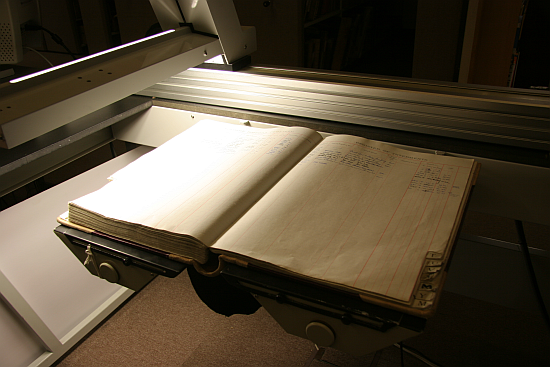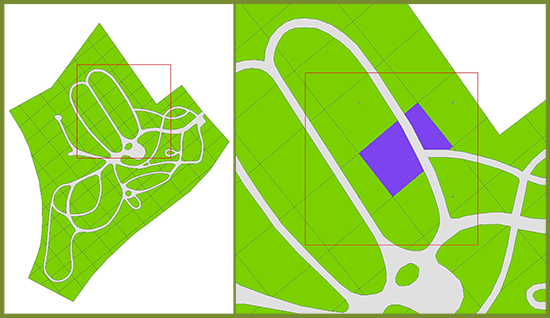This week's blog is an edited version of our recent newsletter, sharing some of the secrets behind the Deceased Online Database
Deceased Online began as a joint partnership between Manuscripti Ltd and Gower Consultants Ltd. The two companies provide scanning and computer management systems respectively, with many years of experience serving the bereavement services industry. Since then Deceased Online has processed and provided millions of burial and cremation records, memorial inscriptions, and much more to the general public and for the ongoing management of those cemeteries and crematoria. Finding empty grave spaces where cemeteries appear full is another critical part of our work.

Above: Cemetery Registers
Our process begins with scanning the physical registers held by individual cemeteries and crematoria offices. These are usually municipal records, but we do also provide services to private cemeteries and crematoria. These registers contain a record of everyone buried since the various Acts of Parliament relating to burials passed in the mid-1800s. These large books are often the only copy of this precious data and sometimes they've sustained some extensive damage through 150 years of use.

Above: some registers are very damaged
We scan registers with specialist book scanners, which feature weighted, counterbalanced book cradles to enable the register to lay flat without putting any pressure on the spine. Due to the age of a lot of these registers, this is vital to prevent damage. Once scanned, the digital images are sent to data transcription teams for manual typing up into spreadsheet formats. Human eyes are absolutely necessary for the transcription of the data. We have tested various automated OCR (Optical Character Recognition) methods in the past, but found them to have a very low accuracy rate due to the colossal variety of different handwritings throughout the registers.

Above: our specialist book scanners
When the spreadsheets are completed, they are subject to extensive and thorough quality control to ensure maximum accuracy of the data. Not only do we run the data through various automated computer scripts to pull out errors, it's also checked manually by a member of our production team. Once the data has been signed off by quality control, it's loaded into our test site for testing. For most cemeteries, we're able to create section maps to help our customer find the area of the cemetery in which the grave they're looking for is located, and this needs to be linked and tested too.

Above: a section map
Finally, when it's signed off on the test website, it's uploaded to the live site for everyone to view. Visit the coverage page on Deceased Online to see what's there.
Coming Soon
We're working hard on processing over 4,000,000 records for cemeteries and crematoria in Norfolk, the Midlands, London, the South East, and the South West, which will be coming to Deceased Online in the near future. In the meantime we hope all of our customers are staying safe.
Comments
Post a Comment